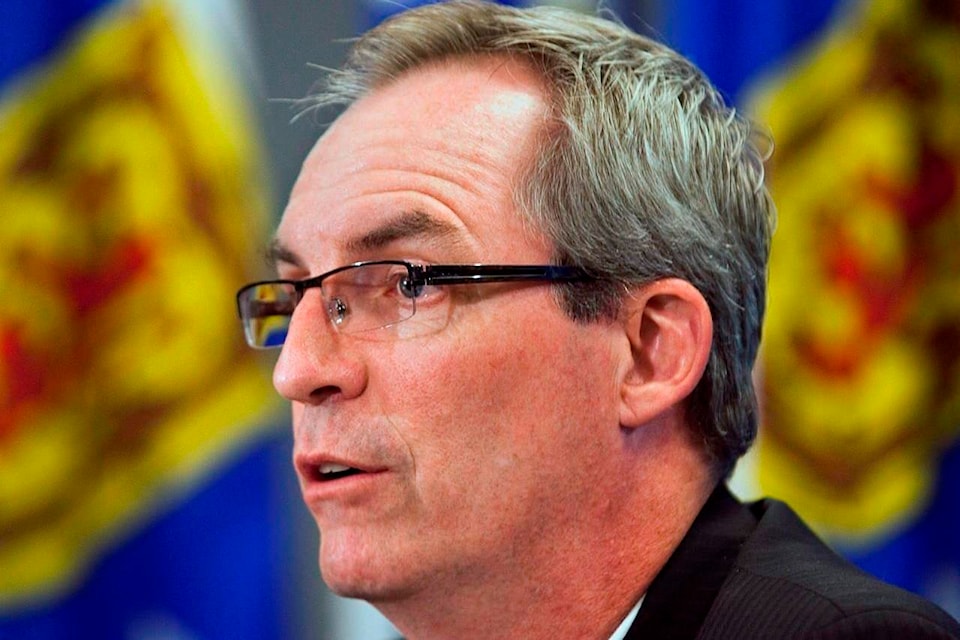British Columbia’s police watchdog has run into complications as it works to name an Indigenous civilian monitor for its investigation of the shooting death of a Tla-o-qui-aht man in February, its chief civilian director says.
Julian Jones, 28, was shot and killed by RCMP officers on the Opitsaht reserve on Meares Island, near Tofino B.C., in late February.
The decision to have an Indigenous civilian monitor its investigation was a first for the watchdog, with an aim of helping investigators work more closely with affected communities.
But Ron MacDonald, the head of the Independent Investigations Office, says there have been issues with finding a candidate who will be comfortable following privacy protocols.
“The challenge to the civilian monitor role is while the person is given complete access to the file, they’re not allowed to discuss that with anybody due to privacy laws,” he said. “That’s an issue the community is still figuring out.”
Part of the problem, MacDonald said, is having regular citizens understand how police investigations operate. Watchdog members aren’t able to comment on cases, with MacDonald having the final say on what can be released to the wider public.
He admits it’s a process that can take time to get used to, especially when it involves close-knit communities.
Jones was the second of three Tla-o-qui-aht members shot by police in the past year, two of which ended in deaths.
MacDonald said the civilian monitor program in its current form may not be the “perfect fit” for this and other investigations.
“It might mean in the future, we’ll go to the government and say ‘we need to change the legislation’ and come up with a better program or way for the community to be involved in our investigations,” he said.
Judith Sayers, the president of the Nuu-chah-nulth Tribal Council, said in an interview that the recent investigation into the death of Chantel Moore highlights the need for Indigenous voices in police watchdog investigations.
Moore was a member of the Tla-o-qui-aht First Nation, which is part of the Nuu-chah-nulth council.
She was living in New Brunswick when an Edmunston police officer shot and killed her during a wellness check in June 2020. Prosecutors have ruled out criminal charges against the officer.
“We had absolutely no information or anyone on the inside to make sure that investigation went right,” Sayers said about the investigation into Moore’s death.
The civilian monitor role, if done properly, offers a chance for Indigenous input on a process they’re often excluded from, Sayers said.
“We have to find ways to make the system better. If somebody sits on an internal investigation we might know more about how we can make this operate better.”
MacDonald said his office has been working to develop a community liaison program, which would draw expertise from members from various communities.
“The whole idea would be that they would help us explain to people who we are, what we do,” he said. “Similarly they would be able to give us information about their community, how we can make the correct approaches and right steps.”
Solicitor General Mike Farnworth declined a request for an interview on the subject of Indigenous communities and policing.
The issue of reaching out and forming trust between the police watchdog and other communities is important, MacDonald said, noting preliminary data shows Indigenous people are overrepresented in police complaints investigations.
Out of the 90 cases investigated by the watchdog where victims identified their ethnicity, MacDonald said Indigenous people accounted for 25.
Sayers said the shootings have taken a toll on the Tla-o-qui-aht and Nuu-chah-nulth communities.
“That’s an amazing number of people who have been shot by police,” she said, referring to thetwo deaths out of a community of 1,200. “It’s huge for us to be dealing with.”
—Nick Wells, The Canadian Press
RELATED: B.C. First Nation demands transparency in probe into second fatal RCMP shooting
RELATED: B.C. First Nation wants ‘massive change’ after its 3rd police shooting in less than a year
